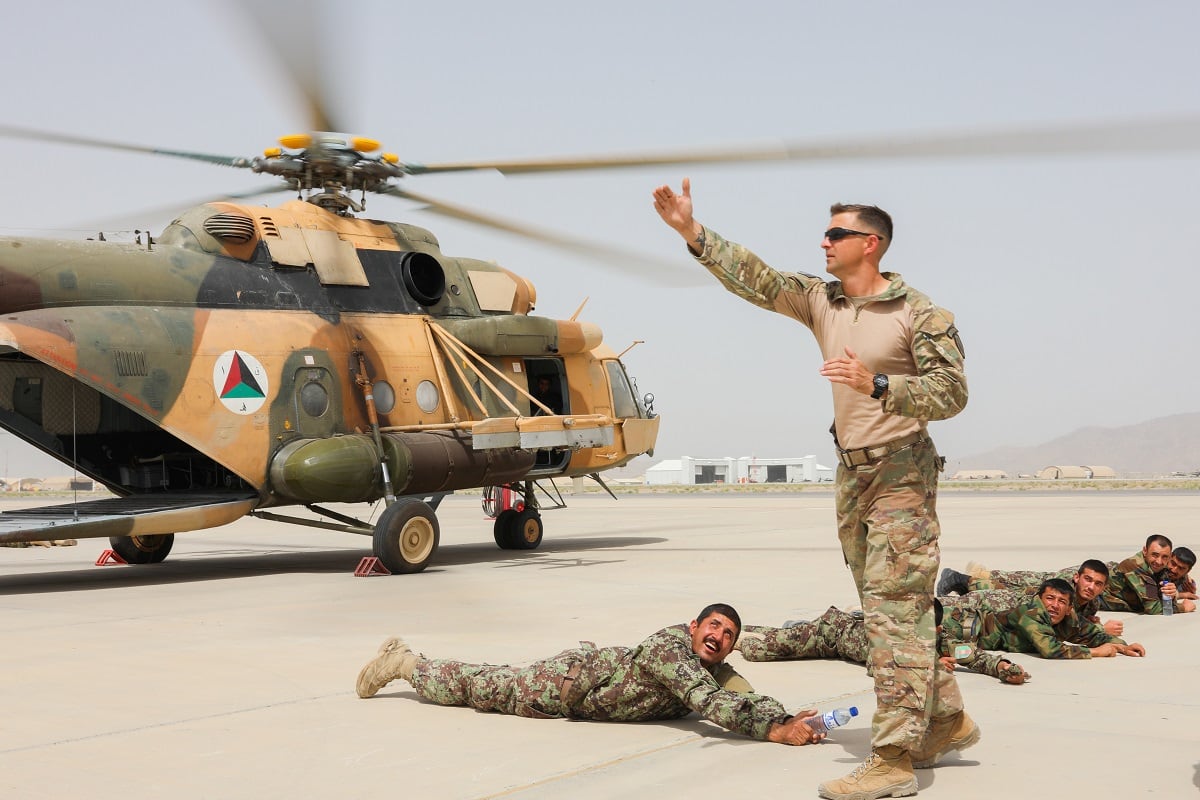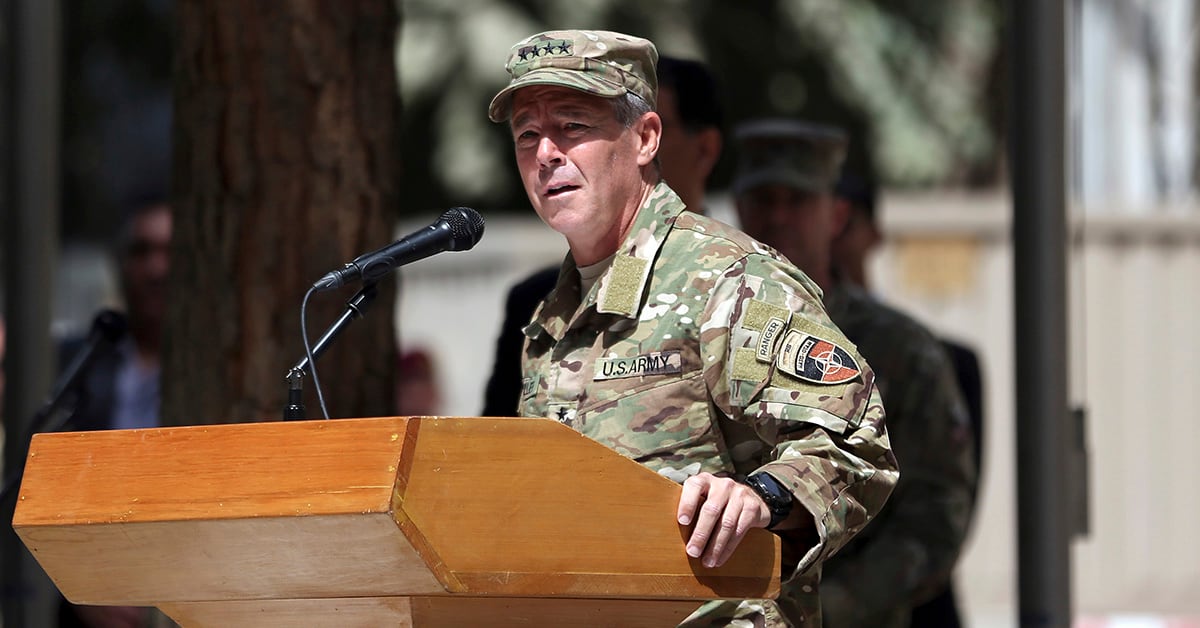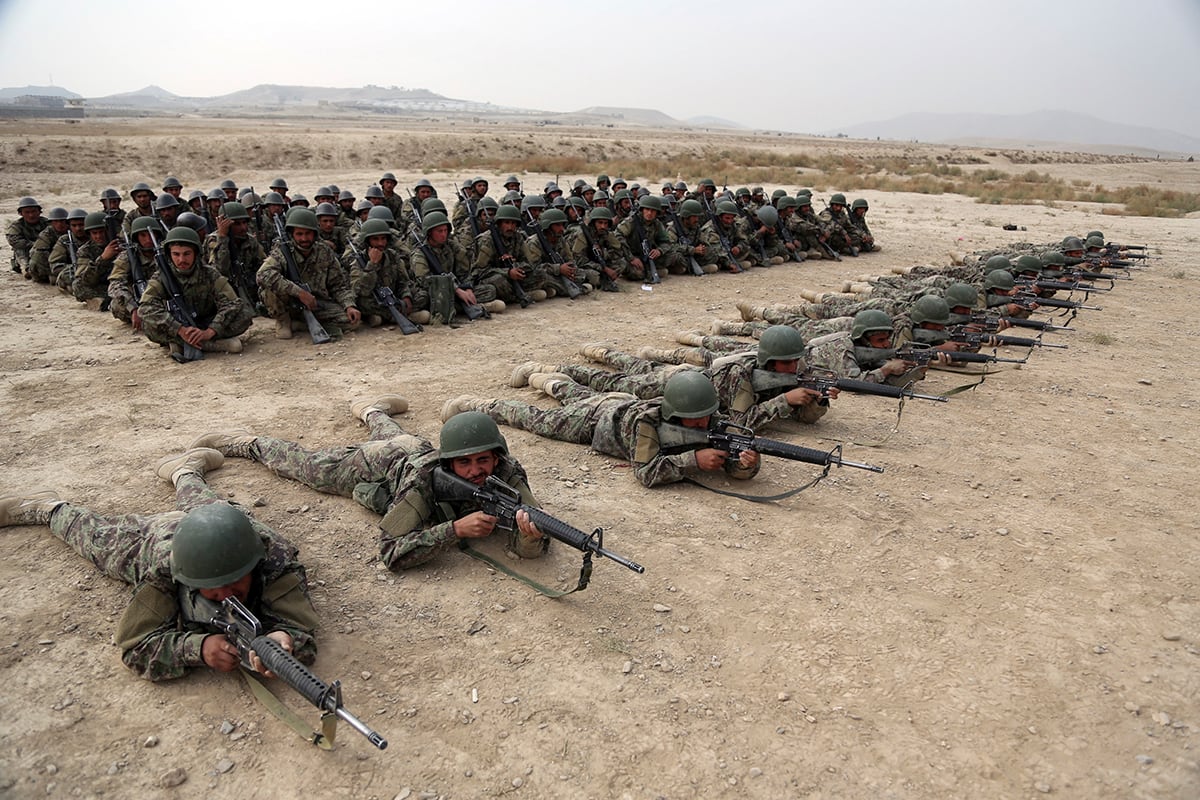Though a 1,000-fighter strong Taliban takeover of Ghazni City was repelled by a combination of U.S. and Afghan forces earlier this year, conditions remain for the insurgent group to take other vulnerable urban centers, according to a recent report.
One urban center cited in particular is Farah City, which faced Taliban control as recently as May,
The Department of Defense Inspector General’s quarterly report, covering July to September, noted that progress is being made, with an accompanying decrease in total enemy attacks, but an increase in both suicide attacks and civilian casualties.
At the same time, the U.S. Air Force is flying more than double the sorties and dropping five times as much ordnance than it was in mid-2017, according to the report.
U.S. and coalition partners maintain a “list of urban centers” vulnerable to Taliban attack. Several “lines of effort” are being pursued to enhance the Afghanistan military’s ability to secure these and other population centers, according to the report.
RELATED

That work includes enhancement of physical structures, shared intelligence and “ongoing advising” of the Afghan security forces by the U.S. Army’s 1st Security Force Assistance Brigade.
That SFAB is leaving this month, however, and will not be replaced until the spring, with the arrival of the 2nd SFAB, according to the report.
Back in August, the head of U.S. Central Command, Gen. Joseph Votel, told media he was confident the incoming 2nd SFAB would be able to continue the work of the departing SFAB.
“There’s been a steady flow of information from the current SFAB, the 1st SFAB, to the second SFAB that will follow them in theater,” Votel said at the time. “So, they’ve been sharing a lot of lessons learned in terms of how they are operating.”
That roughly 1,000-soldier unit is still being formed and training for its pre-deployment certification, not slated until January.
Other ways of maintaining continuity of lessons learned are being developed.
RELATED

Teams with the 2nd SFAB may have deployed to Afghanistan early to work side by side with the 1st SFAB, which was under consideration at the time of the August interview. Or some soldiers from the first deployment might return to Afghanistan to help the 2nd SFAB get going.
A contingent of about 300 Marines and small numbers of other personnel are part of Task Force Southwest; they recently began their third rotation, operating primarily out of Helmand province.
That task force has primarily been focused on increasing the security bubble in areas of the province, especially ahead of recent elections.
U.S. troop levels remain steady, at an estimated 14,000, which resulted from a 3,500-troop increase in August 2017 by President Donald Trump under his new “conditions-based” South Asia strategy.
Inspectors noted there were 8,435 enemy-initiated attacks from April 15 to Aug. 15, but U.S. forces did not delineate how many of those were “effective,” meaning they resulted in a casualty.
Similar data showed an estimated 4,000 such attacks were effective in the same period in 2017.
RELATED

The United Nations Assistance Mission in Afghanistan recorded 5,800 security incidents from May 15 to Aug. 15, which showed a 10 percent decrease as compared to the same three-month period the previous year.
Civilian casualties have increased, partly due to more accurate reporting, according to officials with Operation Resolute Support.
The most recent quarter saw 2,467 civilian casualties. The provinces with the highest totals of casualties were Kabul, Nangarhar and Helmand.
The UN assistance mission also reported a 38 percent increase in suicide attacks, compared to the same period in 2017.
The most recent Special Inspector General for Afghanistan Reconstruction Report, or SIGAR, noted that the Afghan government controls an estimated 55 percent of its districts, the lowest since reporting began in 2015.
Todd South has written about crime, courts, government and the military for multiple publications since 2004 and was named a 2014 Pulitzer finalist for a co-written project on witness intimidation. Todd is a Marine veteran of the Iraq War.





